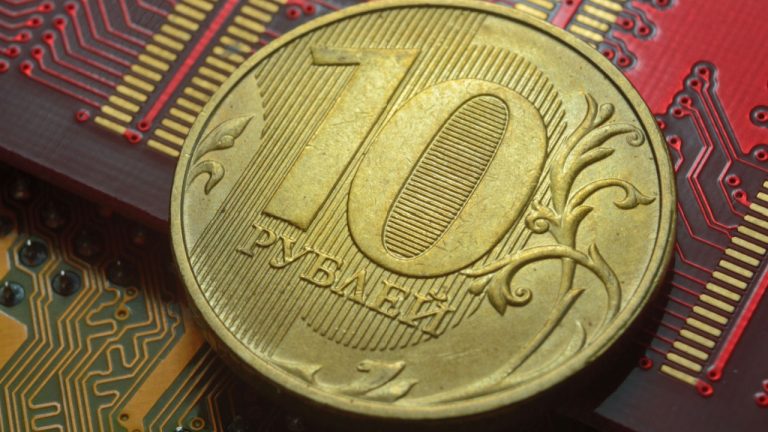
A draft law devoted to the digital ruble has been filed with the State Duma, the lower house of Russian parliament. The legislation introduces rules determining how the new form of national fiat will be issued and amends a series of legal acts to facilitate its implementation.
Bank of Russia to Be the Sole Operator of the Digital Ruble Platform
A group of Russian lawmakers, led by the Chairman of the Financial Market Committee Anatoly Aksakov, have submitted draft legislation on the digital ruble, the central bank digital currency (CBDC) minted by Russia’s monetary authority. The document suggests legislative changes meant to create the conditions for its introduction.
According to the explanatory notes to the bill, quoted by the crypto page of the Russian business news portal RBC, its main purpose is to develop the necessary payment infrastructure for the digital ruble. This, the sponsors believe, would provide Russian citizens, businesses, and the state with access to fast, convenient, and low-cost money transfers.
The proposal aims to amend several existing laws such as the law on “On the National Payment System” to which the members of Duma want to add definitions pertaining to the CBDC. The new provisions assign to the Bank of Russia the role of sole operator of the CBDC platform. They also establish the procedures for opening wallets for the digital ruble and accessing its platform.
An amendment to the law “On Currency Regulation and Currency Control” secures the status of the digital ruble as a currency of the Russian Federation and defines CBDCs issued by the central banks of other nations as foreign currencies.
Changes to the Federal Law “On Personal Data” allow Russia’s central bank to process personal information without obtaining consent and without the need to notify in advance the Russian authority responsible for protecting the rights of subjects of personal data.
The Central Bank of Russia presented the concept for its digital currency in October 2020 and finalized its prototype platform in December 2021. The pilot phase was initiated in January of this year. In May, the monetary authority said it plans to start tests with real transactions and customers in April 2023.
In June, amid mounting Western sanctions imposed over Moscow’s military invasion of Ukraine, the regulator said it’s accelerating the schedule for the project, aiming for full launch in 2024. Over a dozen Russian banks and other financial institutions are currently participating in the trials.
Do you think Russia is preparing to launch its digital ruble sooner than initially planned? Tell us in the comments section below.
from Bitcoin News https://ift.tt/Da312lq
Comments
Post a Comment